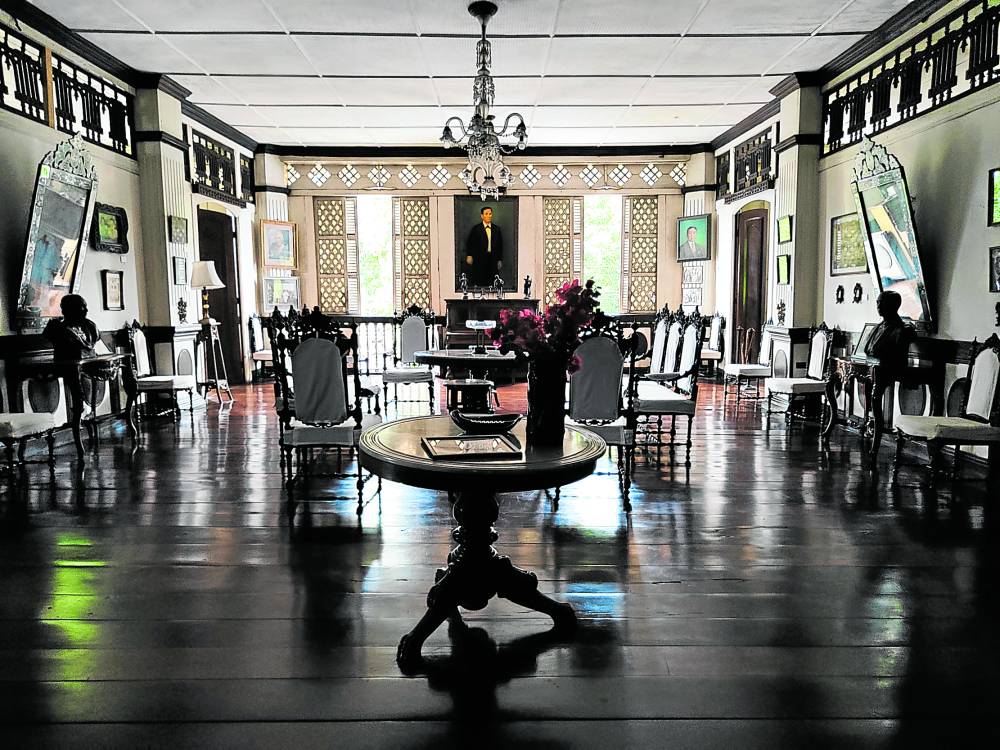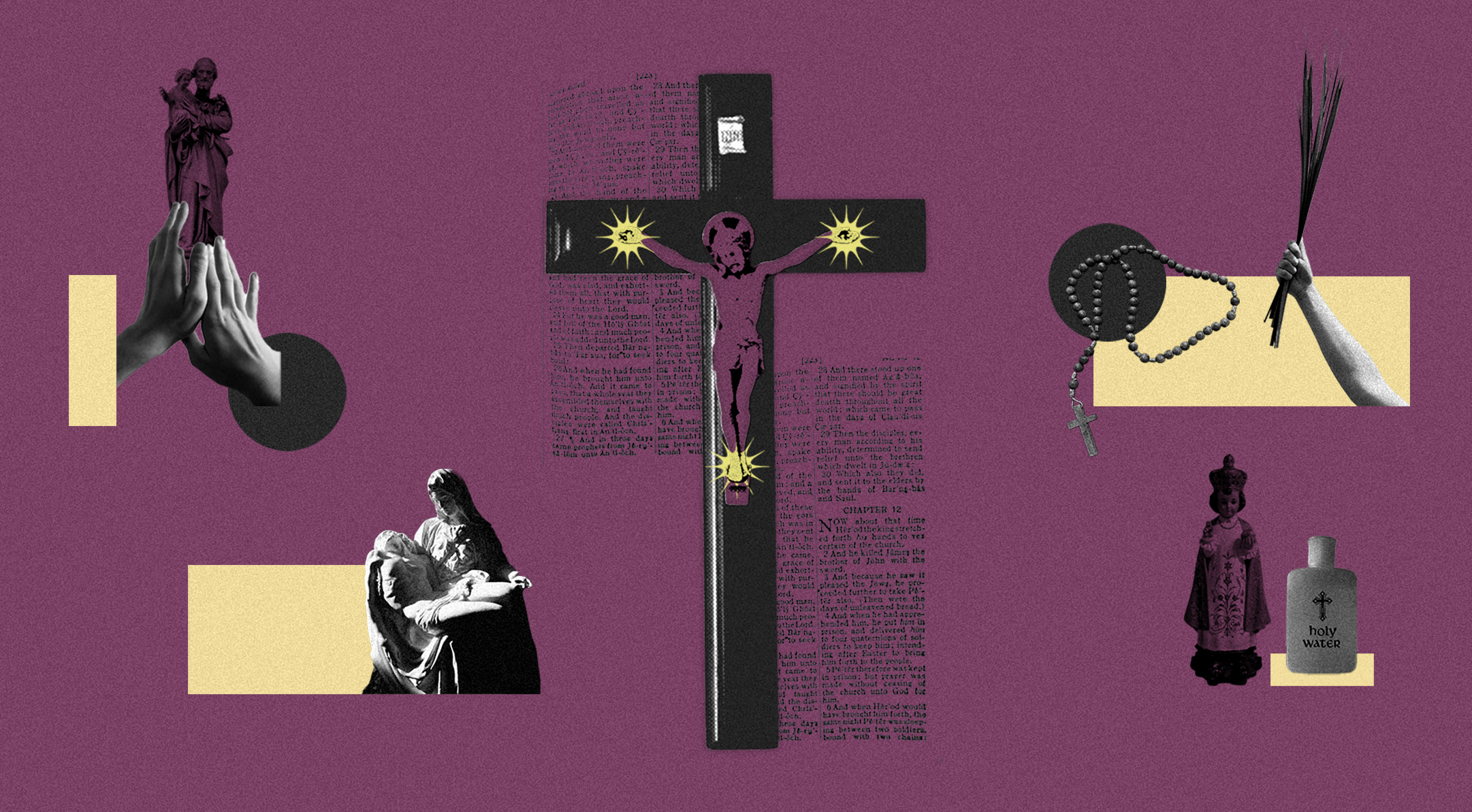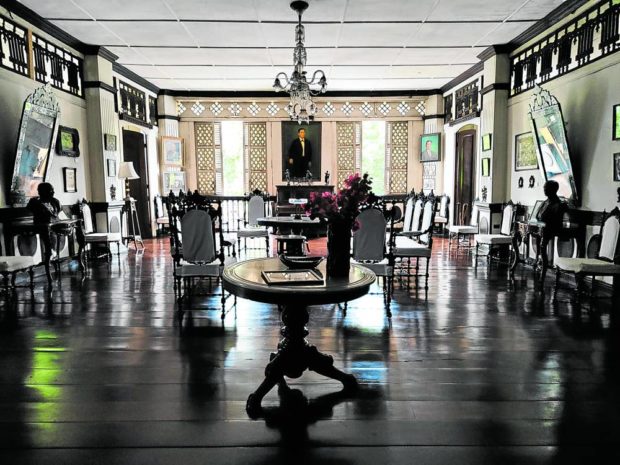
Visiting Negros Occidental for the first time ever made me realize that I grew up on the wrong side of the island. It’s strange to feel a sudden disconnect from my hometown in Negros Oriental, but immersing myself in the exceptionally warm Ilonggo culture made me feel so oddly homesick.
There’s so much to love about Negros Occidental. The “land of sweet surprise” has a lot of sticky, sugary love to give that goes beyond the ubiquitous piaya pasalubong. This province is not called the Sugar Bowl of the Philippines for nothing. Producing more than half of the country’s sugar output, Negros Occidental may as well be inadvertently responsible for the country’s rising diabetic population.
We know that food plays a key role in every traveler’s experience. Negros Occidental is not wanting in places to eat—from epicurean banquets to cafés, from slow food to eateries—so you are guaranteed to gain a few pounds when you return home, or you did not have fun.
Lifestyle came up with a list, so you know where to go, what to see and what to do when, like me, you’re a first-time visitor. Bacolod is a good place to start, since this city is connected to many historically fascinating towns nearby. On a good day, everything is 10 to 15 minutes away from Bacolod, so you don’t waste time inside cars or public transport.
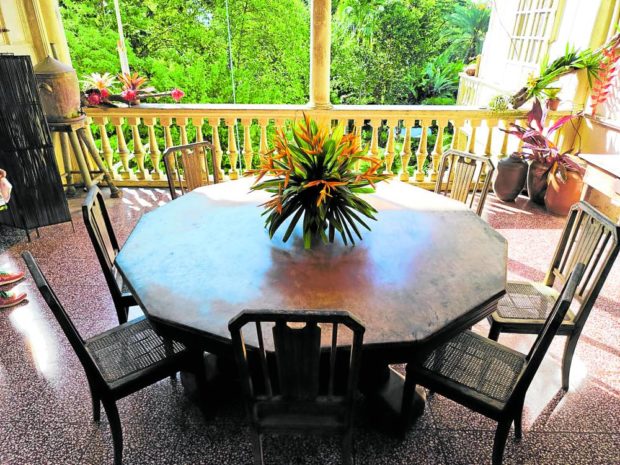
Fresh food
Lanai by FreshStart is a lovely organic restaurant owned by Ramon “Chinchin” Uy Jr. This slow-food restaurant flaunts the organic produce of the family farm. It is not a vegan restaurant, although everything is fresh and locally made (except the olive oil, for obvious reasons). Even the bar, fenced with huge slabs of hardwood tree trunks, features locally made spirits. Dine amid lush vegetation. Start with the Chorizo Dip, a medley of Negros chorizo, organic kale, yogurt, local cheese and camote chips.
Fine dining restaurant Café Uma is owned by Joey and Ina Gaston. Joey comes from generations of aristocratic hacienderos. He is a descendant of Yves Leopold Germain Gaston, the OG don (sugar baron) who introduced sugar farming on the island. That’s why its interiors are inspired by a farmer’s home. Chef Jumi Gaston created its menu. A must try is the yet unnamed (as of this writing) pork adobo flakes with apple and the locally made buko cheese.
El Ideal Bakery is in Silay, but this little eatery serves heritage food known throughout the island. It was established by Cesar Lacson-Locsin in 1920 and is now manned by the family’s fourth generation. Enjoy generations-old recipes of homemade pieces of bread and cookies. One of the novelty finds is the guapple pie. They also serve one of the best batchoys in town.
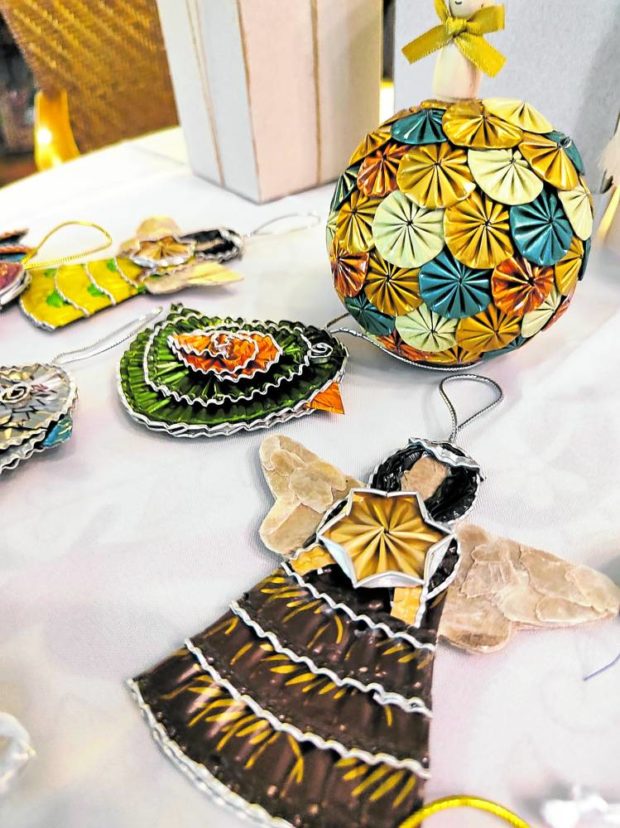
Chapel of the Cartwheel
Constructed in the 1960s, this chapel at the Hacienda Santa Rosalia, Manapla, is arguably one of the country’s most unique houses of worship. Designed by Msgr. Guillermo “GG” Gaston for the farm workers, this chapel is made of repurposed farm implements—mortar for candleholders, discarded carabao cartwheels linked together for walls, pestles (tabernacle), with sand and rocks sourced from the nearby shores as its circular floor. Instead of pews, it has benches made from slabs of hardwood. Its conical roof takes inspiration from the salakot, the headgear of farmers.
The cartwheels, said Joey Gaston, symbolize the Holy Trinity, with God the Father at the center; God the Son leading people to His Father; and the Holy Spirit at the outer rim making sure nobody goes astray.
An altar stands on the right side, made of a massive centuries-old boulder. The wall behind is made from native stones punctured by three cartwheels fashioned with stained glass. In this chapel, Jesus, with Filipino physical features, is crucified on a cartwheel.
Farm workers still hear mass in this chapel. It used to be a private chapel; today it is a popular tourist attraction and venue for weddings. Joey’s son, Enrique, was baptized here.
A few steps away is The Gaston, the mansion seen in the famous Filipino social commentary movie, “Oro, Plata, Mata.” On our visit, at the head of the mansion’s long dining table was seated none other than Msgr. GG Gaston, waiting for us.
Our gracious host served us traditional hacienda snacks with a rich, warm tsokolate drink made from local tablea with fried ibos and puto manapla.
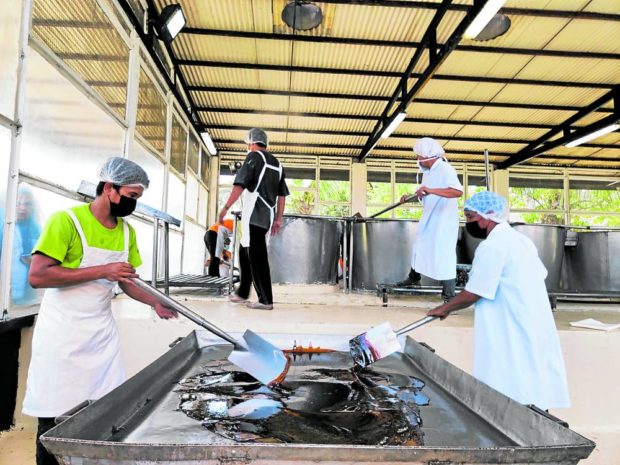
Heritage homes
There are several ancestral homes in Negros Occidental, a reminder of its glorious past when the sugar industry was at its most prolific, that it made many a don and a doña excessively rich.
Swing by Bacolod Millionaire’s Row or tour the mansions of Silay. There’s the Pink House (Bernardo Jalandoni Museum), Balay Negrense (Victor Fernandez Gaston Ancestral House) for a peak into the lavish lifestyle of a 19th-century sugar baron, the Maria Ledesma Golez Ancestral House purchased and restored by RCBC, the Manuel Hofileña Ancestral House, and the Adela Ledesma mansion with its tragic love story.
We also visited Balay ni Tana Dicang in Talisay, built in 1883 and originally owned by the couple Don Efigenio Lizares and Doña Enrica Alunan. It stands on a 6,000-sqm property, with 18 rooms, a formal living area, a dining room, a kitchen, and an intriguing hidden passageway under the bed (perhaps a security measure in the old days?). Two bedrooms were permanently assigned to President Manuel L. Quezon and Sergio Osmeña.
You will find the original, authentic structure of the house still in top condition. The floor is made of slabs of hardwood. The original wood furniture, accessories, and ornaments, including China porcelain, are well-preserved.
Don’t forget to check out Oisca Bago Training Center to learn the process of silk-making, and Mambukai Mountain Resort located 1,200 m above sea level, Negros Occidental’s gateway to Mount Kanlaon in Negros Oriental.
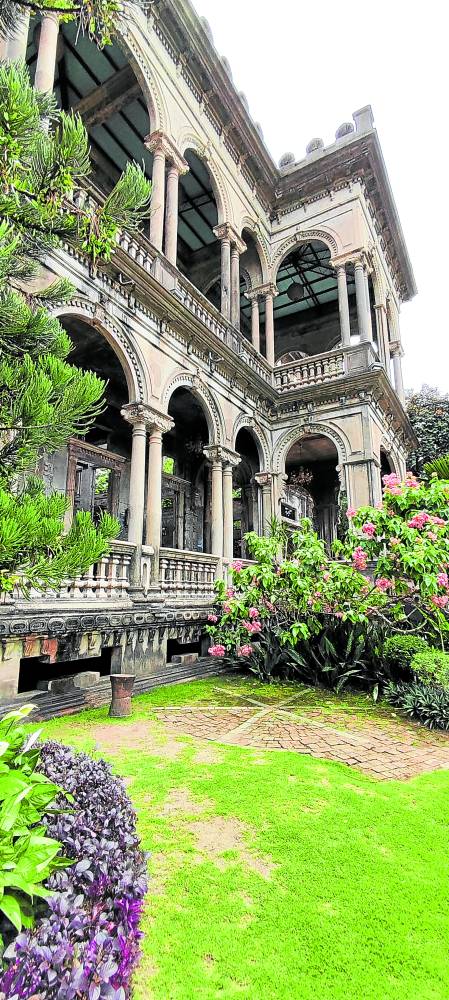
to prevent the Japanese military from turning the house into a
headquarters.



